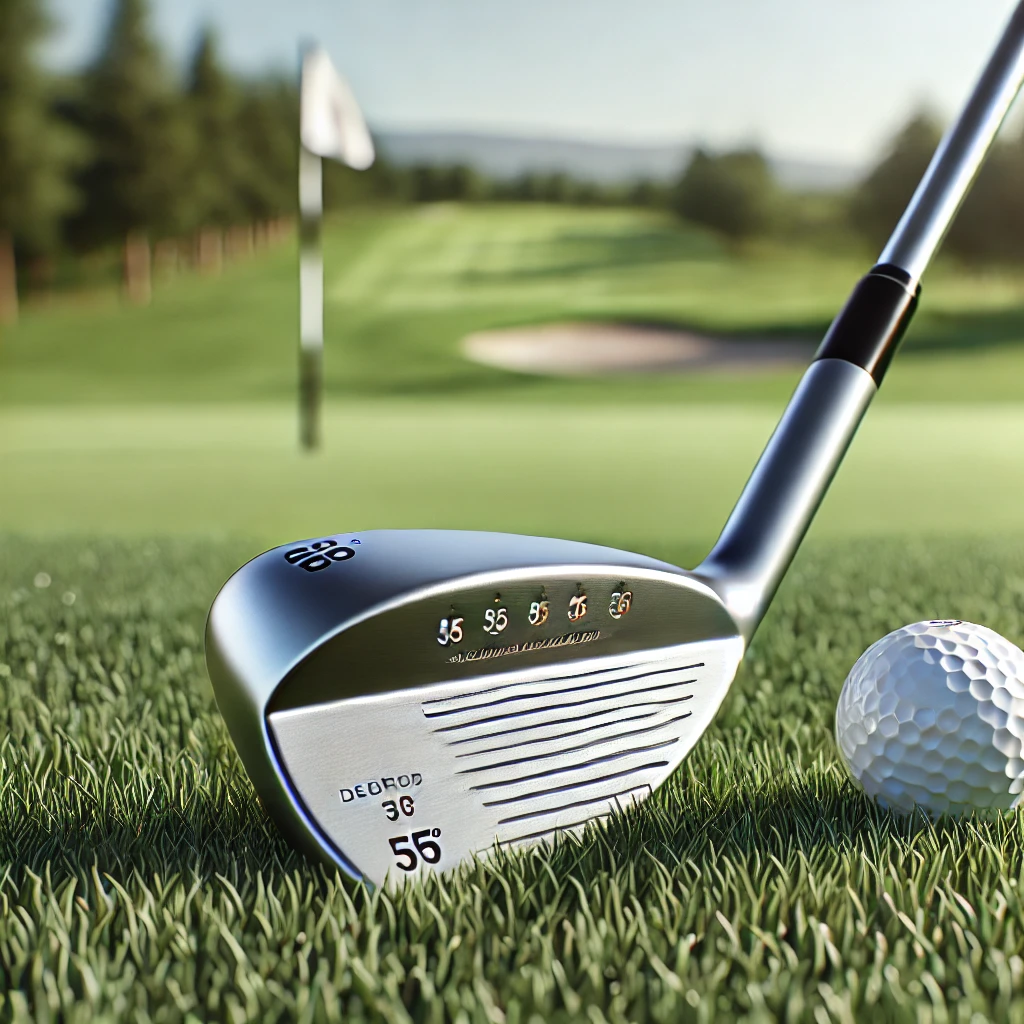What Degree Is a Pitching Wedge?
The pitching wedge is one of the most versatile clubs in a golfer’s bag, and its specific loft angle makes it essential for precision shots, particularly on approach. For golfers in Canada and beyond, understanding the pitching wedge’s degree is critical for shot planning and club selection. Whether you’re a beginner or an experienced player, this post will explain everything you need to know about pitching wedge loft, when to use it, and how it compares to other wedges.
1. Understanding the Loft of a Pitching Wedge
A pitching wedge is designed with a loft angle between 44 and 48 degrees. This degree of loft refers to the angle at which the club face is set relative to the shaft, affecting both the height and distance a ball can achieve when struck. Here’s a closer look at the standard range:
- Modern Pitching Wedges: Most contemporary pitching wedges are around 44 to 46 degrees, especially in newer iron sets. This slightly stronger loft allows for more distance, aligning with the trend of “power lofting” in golf clubs.
- Traditional Pitching Wedges: Older models, or those focused on a more traditional game, might feature a loft closer to 47 or 48 degrees, giving the ball a slightly higher trajectory and more stopping power on the green.
The loft of a pitching wedge is positioned between the 9-iron and gap wedge, providing a blend of control and distance, which makes it ideal for a range of approach shots.
2. Why Loft Angle Matters for Your Game
Understanding the degree of your pitching wedge is essential for controlling your shots, especially if you aim to land the ball accurately on the green. Here’s why loft matters:
- Height and Trajectory: The loft of a pitching wedge allows it to launch the ball high into the air, providing the arc needed for a soft landing on the green.
- Distance Control: For most players, a pitching wedge shot will cover between 100 and 130 yards. With a slightly lower loft than other wedges, the pitching wedge enables longer shots while maintaining height.
- Spin and Stopping Power: The loft angle helps create backspin, allowing the ball to stop quickly upon landing, which is useful for avoiding long rolls and maintaining precision.
Knowing the exact loft degree of your pitching wedge also helps bridge the gap between other wedges, such as the gap and sand wedges, ensuring there are no significant “yardage gaps” in your game.
3. Pitching Wedge vs. Other Wedges: Loft and Use Comparisons
The pitching wedge is the least lofted among the wedges, giving it the longest range while still offering control. Here’s how it stacks up against other common wedges:
- Gap Wedge: A gap wedge typically has a loft angle between 50 and 54 degrees, making it ideal for shorter approach shots of 80-100 yards. It’s used to “fill the gap” between the pitching and sand wedges.
- Sand Wedge: With a loft angle of 54 to 58 degrees, the sand wedge is commonly used for bunker shots and short, high approach shots around the green. It’s designed to lift the ball quickly and stop it on landing.
- Lob Wedge: The lob wedge, featuring a loft of 58 to 64 degrees, is perfect for short, high shots where maximum elevation and minimal roll are required, such as clearing obstacles close to the green.
These varying degrees allow golfers to create different shot shapes and manage distance effectively, ensuring each wedge serves a specific purpose in covering a range of situations on the course.
4. Choosing the Right Pitching Wedge Loft for Your Game
While the standard pitching wedge loft works for most players, there are a few considerations that might influence your choice:
- Skill Level: Beginners often prefer wedges with higher lofts (around 48 degrees) for easier height and control. Advanced players may opt for lower lofts (around 44 degrees) to achieve more distance and a penetrating ball flight.
- Swing Speed and Strength: Golfers with faster swing speeds may benefit from stronger lofts, around 44 degrees, as they can generate enough spin and height without needing extra loft. Slower swing speeds might find higher lofts, like 47 or 48 degrees, helpful for added lift.
- Course Conditions: Courses with firm greens or windy conditions might require slightly stronger lofts to keep the ball trajectory lower, while softer greens may allow for higher lofts to achieve better stopping power.
Most golf brands provide a range of lofts within their pitching wedges, so it’s beneficial to know your preferred yardages and choose accordingly.
5. When to Use a Pitching Wedge on the Course
The pitching wedge is highly versatile and can be used in a variety of scenarios:
- Approach Shots from 100-130 Yards: A pitching wedge is ideal for approach shots where you want to land on the green with controlled height and backspin.
- Chip Shots Around the Green: The pitching wedge offers enough loft to clear short grass or rough around the green, making it a reliable choice for chipping with minimal roll.
- Low, Controlled Shots: If you need to keep the ball low but still achieve some height and distance, a pitching wedge is a great option.
The pitching wedge’s versatility makes it suitable for both full swings and shorter shots, allowing golfers to maintain control without sacrificing distance.
6. How to Determine the Loft of Your Pitching Wedge
If you’re unsure of your pitching wedge’s loft, you can check the specifications with the manufacturer or have it measured by a golf professional. Many modern golf sets label the degree directly on the clubhead, but if not, a professional can confirm the exact loft and recommend adjustments if necessary.
7. Popular Brands and Models of Pitching Wedges in Canada
Golfers in Canada have access to a variety of top-rated pitching wedges, each with slightly different loft options and designs:
- Titleist Vokey SM8: Known for its precision and control, the Vokey series offers custom lofts starting from 46 degrees.
- TaylorMade P790 Wedge: This model typically comes with a pitching wedge loft around 45 degrees, focusing on distance without compromising height.
- Callaway Mack Daddy CB: Callaway’s wedges provide options starting from 46 degrees, with a forgiving design ideal for approach and chip shots.
- Ping Glide 3.0 Wedge: The Glide 3.0 series offers lofts starting at 44 degrees, appealing to players seeking versatility and improved ball spin.
Each brand provides slight variations in design and loft options, allowing Canadian golfers to choose a pitching wedge that complements their swing style and course conditions.
Conclusion: Finding the Right Loft for Your Pitching Wedge
Understanding the degree of your pitching wedge is crucial to mastering approach shots and creating a balanced wedge setup. Whether you’re a beginner or an advanced golfer, knowing the loft of your pitching wedge—and how it compares to other wedges—will help improve your consistency and performance on the course.
Whether you opt for a 44-degree modern design or a traditional 48-degree wedge, the pitching wedge remains one of the most essential clubs in your bag, combining distance with control. Test different options, consider your skill level, and select the pitching wedge that best suits your game to elevate your approach shots and fine-tune your overall performance.






